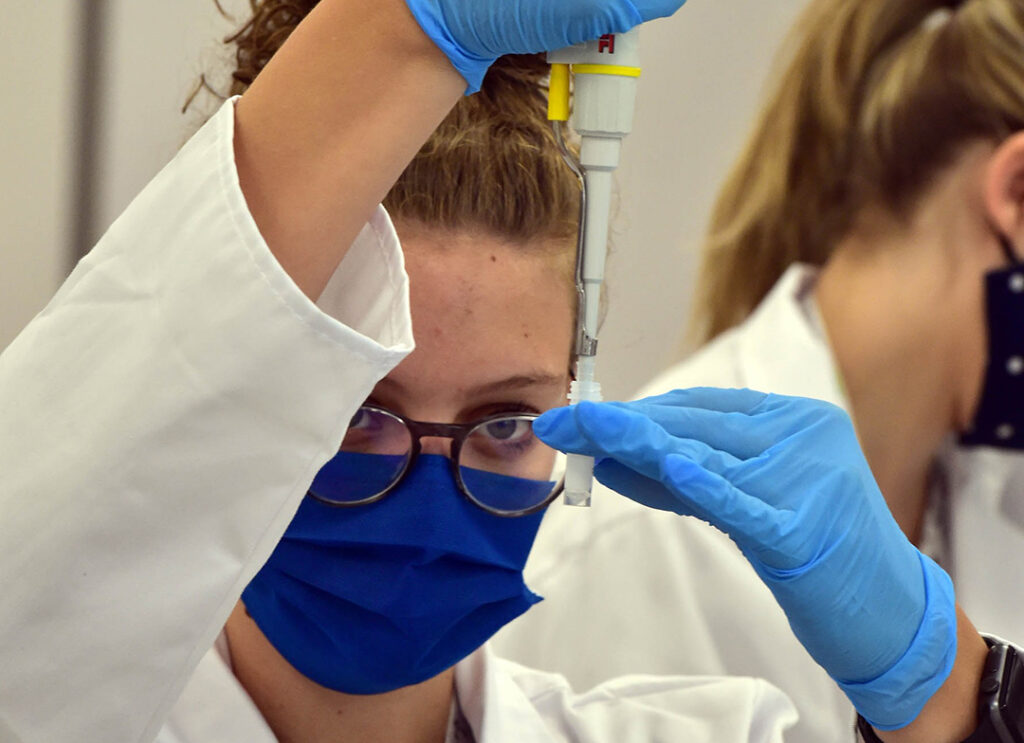ADF STAFF
With new cases growing rapidly, rising hospitalizations and positivity rates above 30%, South Africa appears to be in an undeclared fifth wave of COVID-19 infections. The rise in cases is driven largely by the latest sublineages of the omicron variant.
The country’s National Institute for Communicable Diseases reported in early May that it had recorded more than 27,400 cases of COVID-19 and 11 deaths in a single 24 hours. The case-positivity rate of 31.1% is nearly three times the average for the continent overall.
Despite the high positivity rate, hospitalizations remain much lower than during previous waves. The same is true of deaths. That is likely due to more than 80% of South Africans having some form of immunity after being exposed to COVID-19 during the past two years, according to experts.
“It makes the disease milder,” virologist Alex Sigal of the African Health Research Institute told ADF by email. “Populations with less immunity may not be as lucky.”
All of the new infections are due to the recently identified BA.4 and BA.5 sublineages of omicron, according to Dr. Tulio de Oliveira, director of the South Africa’s Centre for Epidemic Response and Innovation (CERI).
People who overcame previous omicron infections are the likeliest to be immune to the new sublineages, Sigal said.
“Since the last wave was massive and these are sublineages, this kind of protection is expected,” Sigal said.
CERI and the KRISP, the KwaZulu-Natal Research, Innovation, and Sequencing Platform — also led by de Oliveira — have been instrumental in the global effort to identify, track and respond to the shifting genetics of the COVID-19 virus.
“SA (South Africa) may guide the world on the future of the pandemic,” de Oliveira posted on his Twitter account.
The rising caseloads coincide with the onset of cooler weather and flu season in the southern hemisphere. Public health authorities in South Africa have so far withheld a fifth wave declaration.
Nicholas Crisp, deputy director-general of South Africa’s health department, recently told Bloomberg a fifth wave declaration would be based on a new variant. The ongoing rises in cases represents a resurgence of omicron after a two-month lull rather than a new wave, he said.
De Oliveira has been open about his view that the new infections definitely represent a fifth wave of infections.
“Clear signs of 5th wave in SA,” de Oliveira tweeted. “(T)he positivity ratio is as high as the previous 4 waves!”
The BA.4 and BA.5 sublineages are as distinct from the original omicron variant as omicron is from the variants that drove other waves, de Oliveira said.
“Please take care and do not be fooled that a new variant is needed to cause a new wave,” he added on Twitter.
After lifting most restrictions imposed to control the spread of COVID-19, South Africa’s government has mandated that all children wear masks at school and adults wear them in enclosed spaces. By lifting restrictions, South Africa has created a populationwide experiment in the pandemic, de Oliveira said.
“The main question that SA may answer is: Will new lineages and variants cause much hospitalization and deaths or only infections?” he posted on Twitter. “We will keep a laser-sharp focus on the science and following metrics of hospitalization and deaths in SA.”

